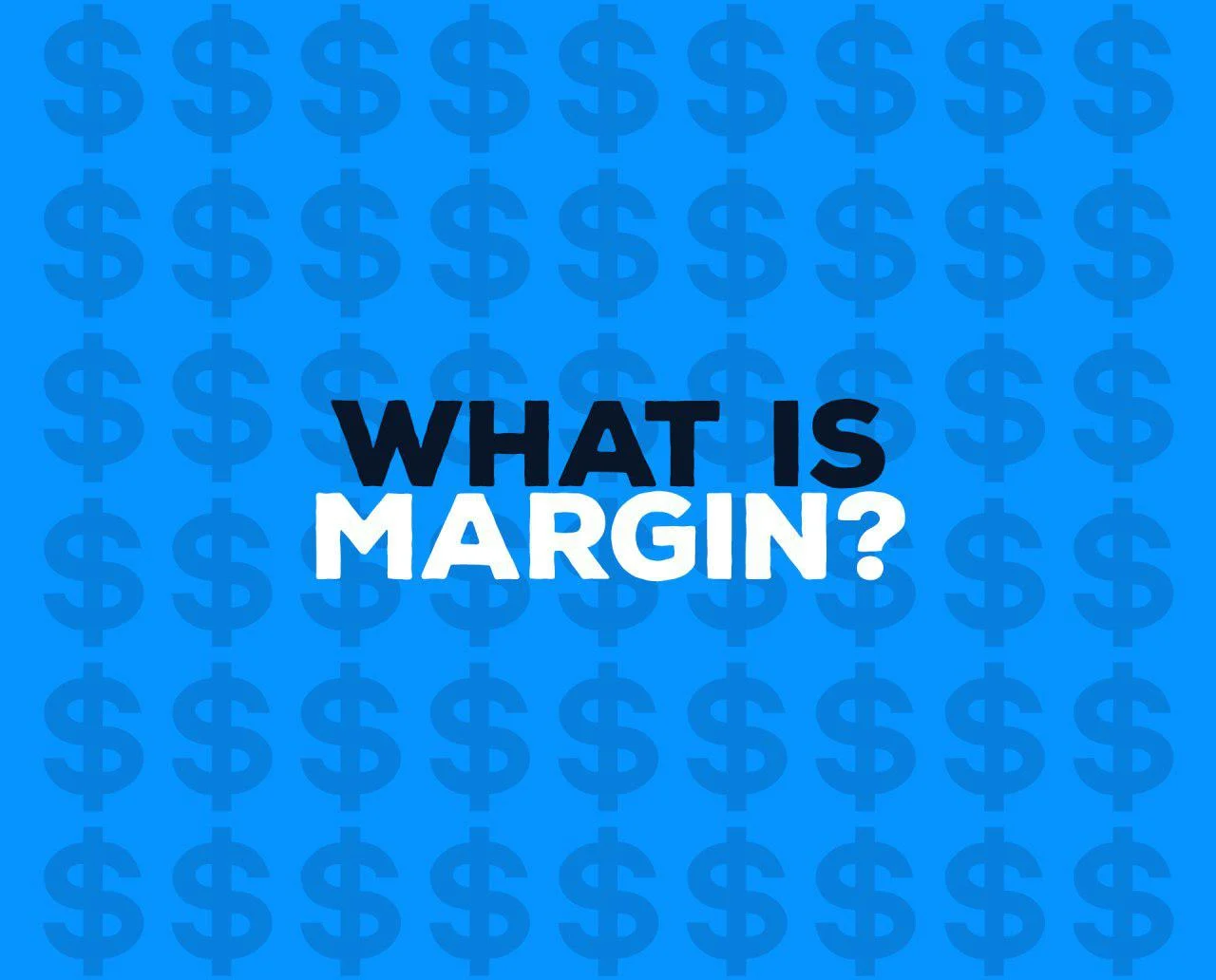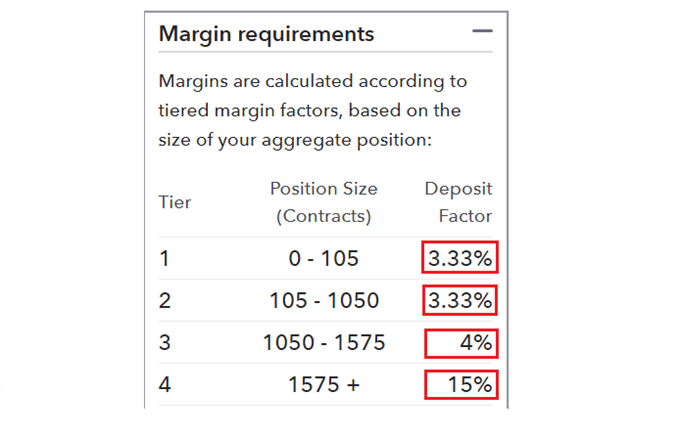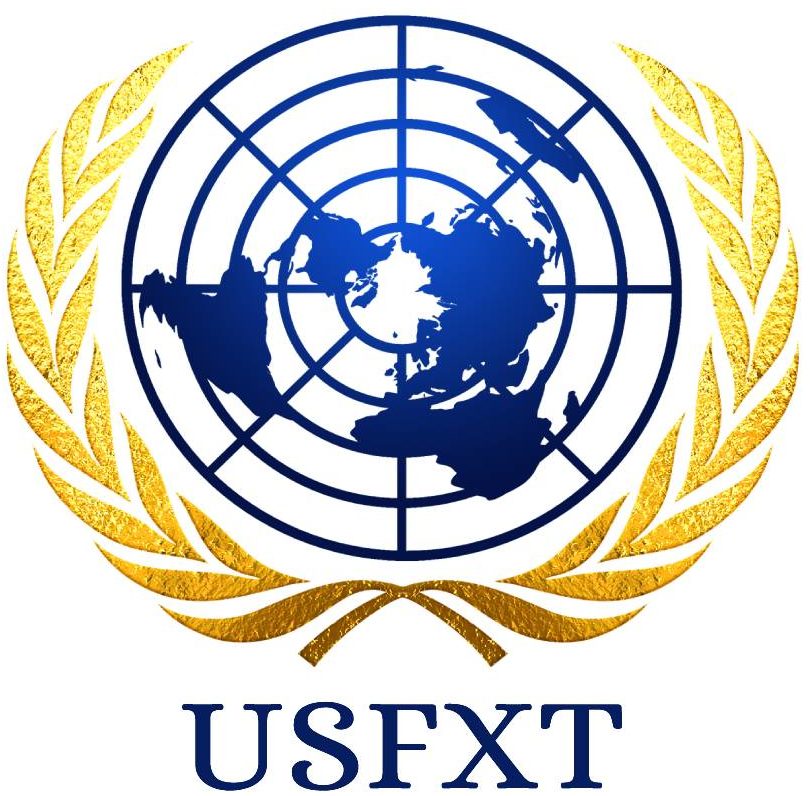Using Margin in Forex Trading
Categories:
Forex Basics

Course Info
Curriculum
About Course
Using margin in forex trading is a new concept for many traders, and one that is often misunderstood. To put simply, margin is the minimum amount of money required to place a leveraged trade and can be a useful risk management tool. Closely linked to margin is the concept of margin call - which traders go to great lengths to avoid. Not knowing what margin is, can turn out to be extremely costly which is why it is essential for forex traders to have a solid grasp of margin before placing a trade. Keep reading to learn more about using…
Using margin in forex trading is a new concept for many traders, and one that is often misunderstood. To put simply, margin is the minimum amount of money required to place a leveraged trade and can be a useful risk management tool.
Closely linked to margin is the concept of margin call - which traders go to great lengths to avoid. Not knowing what margin is, can turn out to be extremely costly which is why it is essential for forex traders to have a solid grasp of margin before placing a trade.
Keep reading to learn more about using margin in forex trading, how to calculate it, and how to effectively manage your risk.
 The connection between margin and leverage
Before continuing, it is important to understand the concept of leverage. Leverage and margin are closely related because the more margin that is required, the less leverage traders will be able to use. This is because the trader will have to fund more of the trade with his own money and therefore, is able to borrow less from the broker.
Leverage has the potential to produce large profits AND large losses which is why it is crucial that traders use leverage responsibly. Take note that leverage can vary between brokers and will differ across different jurisdictions – in line with regulatory requirements. Typical margin requirements and the corresponding leverage are produced below:
The connection between margin and leverage
Before continuing, it is important to understand the concept of leverage. Leverage and margin are closely related because the more margin that is required, the less leverage traders will be able to use. This is because the trader will have to fund more of the trade with his own money and therefore, is able to borrow less from the broker.
Leverage has the potential to produce large profits AND large losses which is why it is crucial that traders use leverage responsibly. Take note that leverage can vary between brokers and will differ across different jurisdictions – in line with regulatory requirements. Typical margin requirements and the corresponding leverage are produced below:
 More often than not, margin is seen as a fee a trader must pay. However, it is not a transaction cost, but rather a portion of the account equity that is set aside and allocated as a margin deposit.
When trading with forex margin, it is important to remember that the amount of margin needed to hold open a position will ultimately be determined by the trade size. As trade size increases, traders will move to the next tier where the margin requirement (in monetary terms) will increase as well.
Margin requirements can be temporarily increased during periods of high volatility or, in the lead up to economic data releases that are likely to contribute to greater than usual volatility.
The first two tiers maintain the same margin requirement at 3.33% but then escalate to 4% and 15% in the following two tiers.
After understanding margin requirement, traders need to ensure that the trading account is sufficiently funded to avoid margin call. One easy way for traders to keep track of their trading account status is through the forex margin level:
More often than not, margin is seen as a fee a trader must pay. However, it is not a transaction cost, but rather a portion of the account equity that is set aside and allocated as a margin deposit.
When trading with forex margin, it is important to remember that the amount of margin needed to hold open a position will ultimately be determined by the trade size. As trade size increases, traders will move to the next tier where the margin requirement (in monetary terms) will increase as well.
Margin requirements can be temporarily increased during periods of high volatility or, in the lead up to economic data releases that are likely to contribute to greater than usual volatility.
The first two tiers maintain the same margin requirement at 3.33% but then escalate to 4% and 15% in the following two tiers.
After understanding margin requirement, traders need to ensure that the trading account is sufficiently funded to avoid margin call. One easy way for traders to keep track of their trading account status is through the forex margin level:
WHAT IS FOREX MARGIN?
Forex margin is a good faith deposit that a trader puts up as collateral to initiate a trade. Essentially, it is the minimum amount that a trader needs in the trading account to open a new position. This is usually communicated as a percentage of the notional value (trade size) of the forex trade. The difference between the deposit and the full value of the trade is “borrowed” from the broker. FX margin example Below is a visual representation of the forex margin requirement relative to the full trade size: Trade size: $10 000 Margin requirement: 3.33% The connection between margin and leverage
Before continuing, it is important to understand the concept of leverage. Leverage and margin are closely related because the more margin that is required, the less leverage traders will be able to use. This is because the trader will have to fund more of the trade with his own money and therefore, is able to borrow less from the broker.
Leverage has the potential to produce large profits AND large losses which is why it is crucial that traders use leverage responsibly. Take note that leverage can vary between brokers and will differ across different jurisdictions – in line with regulatory requirements. Typical margin requirements and the corresponding leverage are produced below:
The connection between margin and leverage
Before continuing, it is important to understand the concept of leverage. Leverage and margin are closely related because the more margin that is required, the less leverage traders will be able to use. This is because the trader will have to fund more of the trade with his own money and therefore, is able to borrow less from the broker.
Leverage has the potential to produce large profits AND large losses which is why it is crucial that traders use leverage responsibly. Take note that leverage can vary between brokers and will differ across different jurisdictions – in line with regulatory requirements. Typical margin requirements and the corresponding leverage are produced below:
| MARGIN REQUIRED | MAXIMUM LEVERAGE |
|---|---|
| 50% | 2:1 |
| 3.33% | 30:1 |
| 2.00% | 50:1 |
| 0.5% | 200:1 |
UNDERSTANDING FOREX MARGIN REQUIREMENTS
Forex Margin requirements are set out by brokers and are based on the level of risk they are willing to assume (default risk), whilst adhering to regulatory restrictions. Below is an example of the forex margin requirement for GBP/USD under the heading, “Deposit Factor”: More often than not, margin is seen as a fee a trader must pay. However, it is not a transaction cost, but rather a portion of the account equity that is set aside and allocated as a margin deposit.
When trading with forex margin, it is important to remember that the amount of margin needed to hold open a position will ultimately be determined by the trade size. As trade size increases, traders will move to the next tier where the margin requirement (in monetary terms) will increase as well.
Margin requirements can be temporarily increased during periods of high volatility or, in the lead up to economic data releases that are likely to contribute to greater than usual volatility.
The first two tiers maintain the same margin requirement at 3.33% but then escalate to 4% and 15% in the following two tiers.
After understanding margin requirement, traders need to ensure that the trading account is sufficiently funded to avoid margin call. One easy way for traders to keep track of their trading account status is through the forex margin level:
More often than not, margin is seen as a fee a trader must pay. However, it is not a transaction cost, but rather a portion of the account equity that is set aside and allocated as a margin deposit.
When trading with forex margin, it is important to remember that the amount of margin needed to hold open a position will ultimately be determined by the trade size. As trade size increases, traders will move to the next tier where the margin requirement (in monetary terms) will increase as well.
Margin requirements can be temporarily increased during periods of high volatility or, in the lead up to economic data releases that are likely to contribute to greater than usual volatility.
The first two tiers maintain the same margin requirement at 3.33% but then escalate to 4% and 15% in the following two tiers.
After understanding margin requirement, traders need to ensure that the trading account is sufficiently funded to avoid margin call. One easy way for traders to keep track of their trading account status is through the forex margin level:
Forex margin level = (equity / margin used) x 100
Suppose a trader has deposited $10 000 in the account and currently has $8 000 used as margin. The forex margin level will equal 125 and is above the 100 level. If the forex margin level dips below 100 the broker generally prohibits the opening of new trades and may place you on margin call. It is essential that traders understand the margin close out rule specified by the broker in order to avoid the liquidation of current positions. When an account is placed on margin call, the account will need to be funded immediately to avoid the liquidation of current open positions. Brokers do this in order to bring the account equity back up to an acceptable level.FOREX MARGIN TERMS
Equity: The balance of the trading account after adding current profits and subtracting current losses from the cash balance. Margin requirement: The amount of money (deposit) required to place a leveraged trade. Used margin: A portion of the account equity that is set aside to keep existing trades on the account. Free Margin: The equity in the account after subtracting margin used. Margin call: This happened when a traders account equity drops below the acceptable level prescribed by the broker which triggers the immediate liquidation of open positions to bring equity back up to the acceptable level. Forex margin level: This provides a measure of how well the trading account is funded, by dividing equity by the used margin and multiplying the answer by 100. Leverage: Leverage in forex is a useful financial tool that allows traders to increase their market exposure beyond the initial investment by funding a small amount of the trade and borrowing the rest from the broker. Traders should know that leverage can result in large profits AND large losses.WHAT IS A FREE MARGIN IN FOREX?
Free margin refers to the equity in a trader’s account that is not tied up in margin for current open positions. Another way of thinking about this is that it is the amount of cash in the account that traders are able to use to fund new positions. This can be explained with an example: Equity: $10 000 Margin allocated to existing position: $8 000Free margin = equity – margin on open positions
Free margin = $10 000 - $8 000
Free margin = $2 000

 Start Trading Now
Start Trading Now 